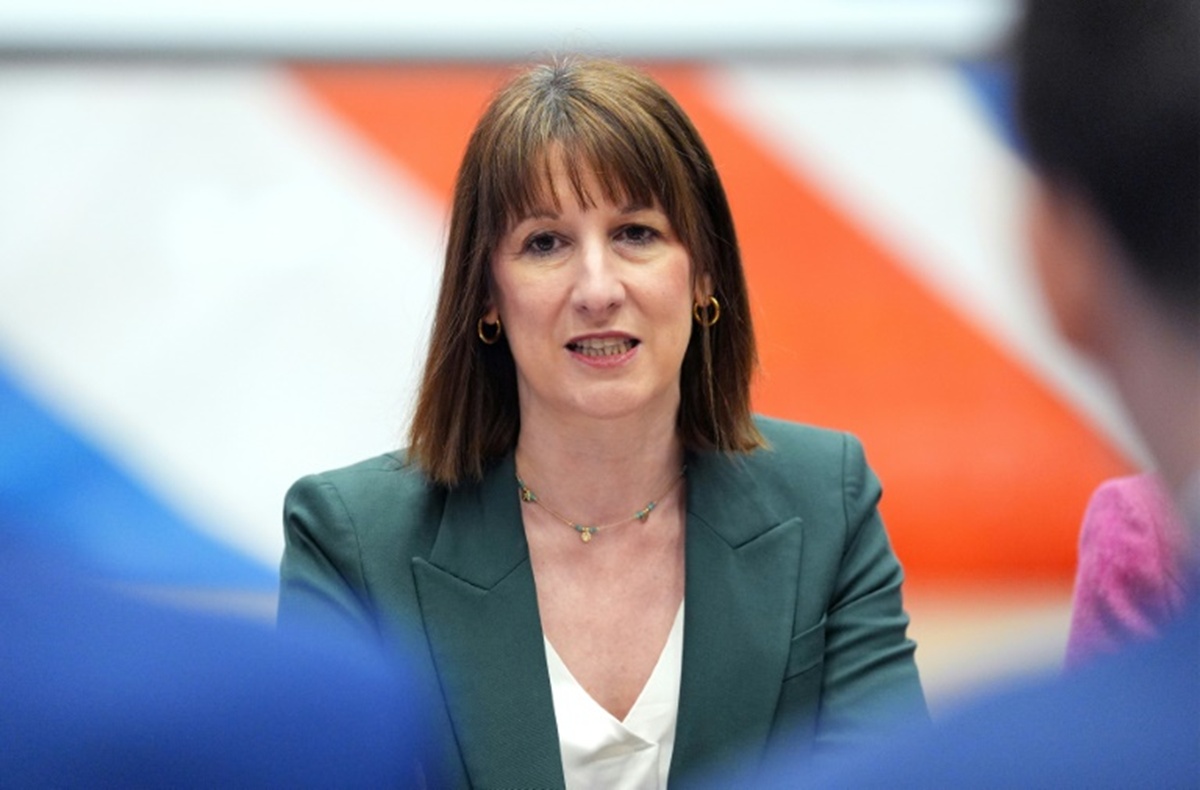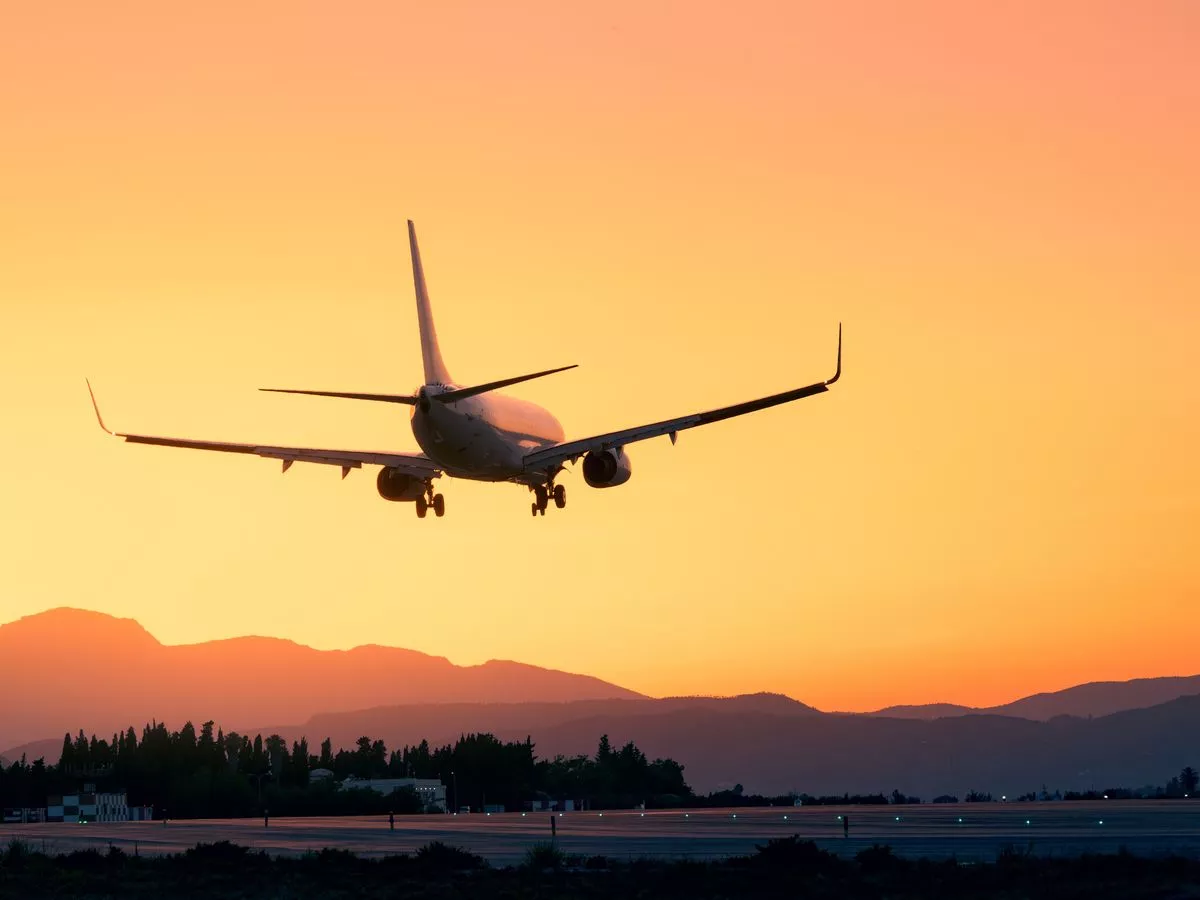Copyright Simple Flying

On Wednesday, the Federal Aviation Administration decided drastic measures were needed to ensure resilience in the national airline system, and they took steps to shave 10% of all air traffic across the top 40 high-volume US markets. This comes at a time when air traffic controllers are showing signs of strain due to the ongoing government shutdown, which has crippled airports, limited flight operations, and seen TSA checkpoint lines trailing out the door. The 10% of flights affected are expected to impact thousands of travelers across the United States. Currently, the FAA provides direction to more than 44,000 daily flights across the US, which covers not just commercial passenger flights, but also extends to cargo and private aircraft. The 10% reduction in services is set to remain as long as required, and is unprecedented, given that there has never been such a measure taken in the last four decades. Unprecedented Times The situation currently is that many air traffic controllers have been unfortunately summoned to work unpaid due to the federal government shutdown that was put into effect. Since October 1, most ATCs have been rostered to work up to six days per week, with mandatory overtime, unpaid. This physical and emotional stress is starting to take its toll, with many calling in sick, not showing up to work out of sheer frustration, or taking up second jobs to pay for basic human necessities such as food, gas, and childcare. Staffing pressures and mounting fatigue have seen frustration start to mount, and the United States Transportation Secretary, Sean Duffy, alongside Bryan Bedford (FAA Administrator), feel the need to implement the 10% reduction in service to ensure the situation does not reach 'crisis point'. Bedford explained in an article released by the Associated Press: “We’re not going to wait for a safety problem to truly manifest itself when the early indicators are telling us we can take action today to prevent things from deteriorating,” Drastic Measures As emphasised by Bedford, he was not aware in his 35 years in the industry that the requirement to limit flight operations was needed, highlighting the need for such drastic measures to ensure the situation does not worsen. Bedford has noted that increased staffing pressures have led to fatigue across air traffic controllers, which has led to preventative actions being enforced. The FAA Administrator was also quick to remind the public that up until this point, and in the near future, the system will always be safe, and these measures have been taken to ensure the system can build resilience. Duffy and Bedford plan to meet with airline executives this Wednesday to discuss how the 10% reduction in commercial flights will be implemented, and affected airports will be notified on Thursday, November 6. Texan-based American Airlines and Southwest Airlines, alongside Chicago-based United Airlines, are already looking at ways they can minimise these changes with affected customers, with United already taking to its Facebook page to share its take on the matter: United Airlines Chief Executive Officer, Scott Kirbyy, has already taken to his emails to communicate with its frontline employees, to explain that these cuts are likely planned to affect regional routes, and it will aim to maintain a robust network of flights between its biggest markets. The carrier has also posted that it will offer full flexibility for those booked over this period, making passengers eligible for a refund if they decide not to travel. Reductions From Friday Flight reductions are expected to take place from Friday, November 7, and will give airlines around 48% hours to rebuild their schedules at 90% of what's usual. These reductions in flights will hopefully relieve the pressure on the current national aviation system. Most major carriers are already contacting the initial affected passengers and offering additional flexibility or an opportunity for a full refund. Those holding reservations to travel in the short, are encouraged to keep an eye on their bookings for unexpected schedule changes and/or flight cancellations. The cuts are expected to affect up to 1,800 flights, which, according to Cirium, an online aviation analytics company, could result in more than a quarter of a million seats being affected.



